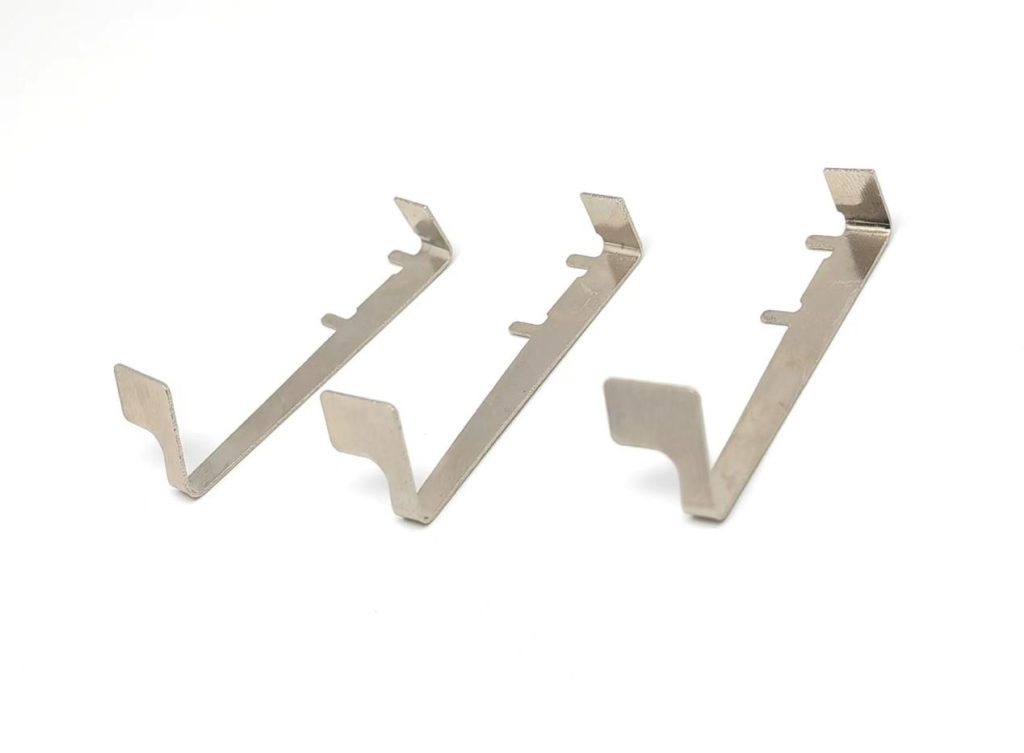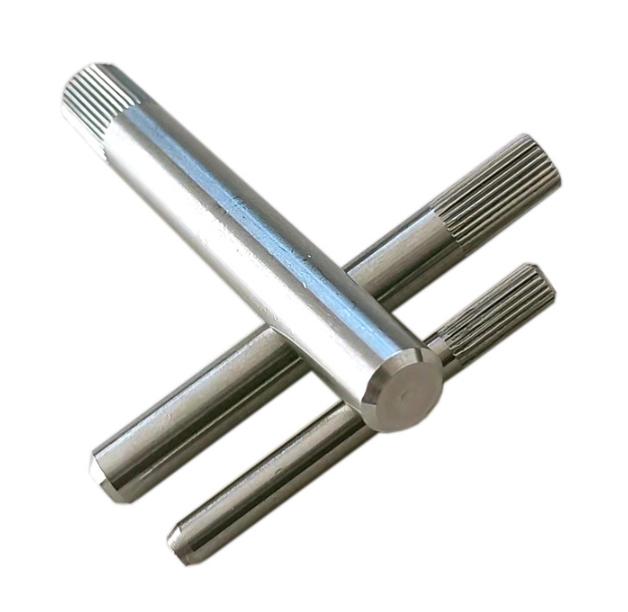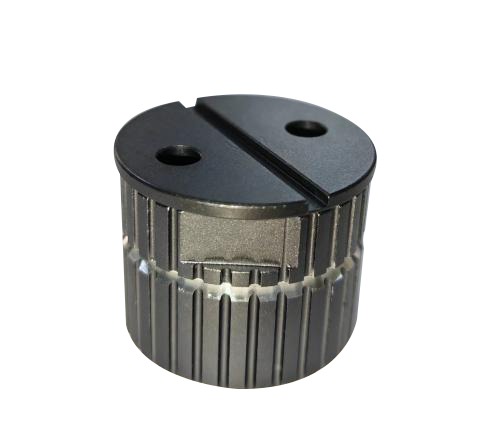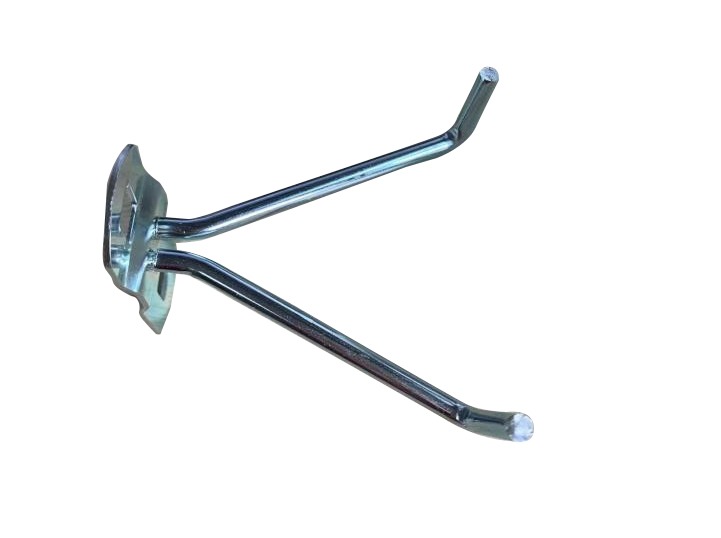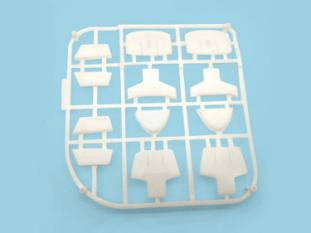What Are the Processes of Injection Molding?
Injection molding refers to the process that molten raw materials are finally made into semi-finished products of a certain shape through pressurization, injection, cooling, separation and other operations. So, what are the processes of injection molding? Here, we introduce the detailed processes about injection molding.
The Process of Injection Molding
The injection molding process mainly includes 6 stages, including mold closing, filling, pressure holding, cooling, mold opening and demoulding.
These six stages are a complete continuous process. The operations of filling, pressure maintaining, cooling and demoulding are more important.
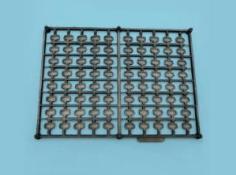
About Filling
Filling is the first step in the injection molding cycle. The time starts from the closing of the mold to the filling of the mold cavity to about 95%.
Under different filling speeds:
1. High speed filling.
High speed filling has higher shear rate, lower viscosity and lower overall flow resistance.
The thickness of the curing layer will be thinner due to local viscous heating effect.
2. Low speed filling.
When filling at low speed, the shear rate is low, the local viscosity is high, and the flow resistance is large.
Due to the slow replenishment rate and slow flow of thermoplastics, the heat conduction effect is obvious, and the heat is quickly taken away by the cold mold wall. With a small amount of viscous heating effect, the curing layer is thicker.
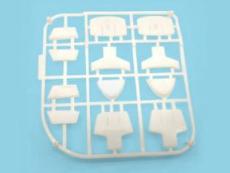
About Pressure Maintaining
The function of the pressure maintaining stage is to continuously apply pressure, compact the melt, and increase the plastic density to compensate for the plastic shrinkage behavior. The time of pressure maintaining stage is from the mold cavity filled with plastic to gate curing sealing.
Pressure holding characteristics:
1. During the pressure maintaining process, the back pressure is high because the mold cavity has been filled with plastic. In the process of pressure maintaining and compaction, the screw of the injection molding machine can only move forward slightly.
2. In the pressure maintaining stage, the plastic is cooled and solidified faster by the mold wall, and the melt viscosity also increases, so the resistance in the mold cavity is large. In the later stage of pressure holding, the density of materials continues to increase, and the mold cavity pressure reaches the highest value when the gate is solidified and sealed.
3. In the pressure maintaining stage, due to the relatively high pressure, the plastic presents partial compressibility. In the area with high pressure, the plastic is relatively dense and dense; In the area with low pressure, the plastic is loose and the density is low, so the density distribution changes with location and time.
4. The plastic flow rate is extremely low during the pressure maintaining process, and the flow no longer plays a leading role. Pressure is the main factor affecting the pressure holding process.
5. During the pressure maintaining process, the plastic has filled the mold cavity, and the pressure in the mold cavity tends to swell up the mold.
Under normal conditions, it is helpful to exhaust the mold. However, if the die expanding force is too large, it is easy to cause rough edges, overflow. Therefore, appropriate clamping force is required for clamping.

About Cooling
The design of cooling system is very important in injection mold. Because the molded plastic products can only be cooled and solidified to a certain rigidity to avoid deformation of plastic products due to external forces after demoulding.
As the cooling time accounts for about 70%~80% of the whole molding cycle, a well-designed cooling system can greatly shorten the molding time, improve the injection molding productivity and reduce costs.
Factors affecting the cooling rate of products include:
- Plastic product design. The greater the wall thickness of plastic products, the longer the cooling time.
- Mold material. The higher the thermal conductivity of the mold material, the better the effect of transferring heat from the plastic in unit time, and the shorter the cooling time.
- Configuration mode of cooling water pipe. The larger the diameter and number of cooling water pipes, the closer to the mold cavity, the better the cooling effect and the shorter the cooling time.
- The flow and nature of the coolant. The greater the cooling water flow, the better the heat removal effect.
- The viscosity and heat transfer coefficient of the coolant will also affect the heat transfer effect of the mold. The lower the coolant viscosity is, the higher the thermal conductivity coefficient is, and the better the cooling effect is.
- Plastic selection. The higher the thermal conductivity coefficient of plastic, the better the thermal conductivity effect. Or the lower the specific heat of plastic, the temperature is easy to change, so the heat is easy to escape, the better the thermal conductivity effect, and the shorter the cooling time required.
Demoulding Stage
Demoulding is the last link in an injection molding cycle. Although the product has been cold fixed, demoulding still has a very important impact on the quality of the product. The proper demoulding method shall be selected according to the structural characteristics of the product when designing the mold.
KENENG can provide injection molding services to produce a variety of plastic products, including mold design and production and batch parts production. If you have relevant needs, please feel free to contact us.

